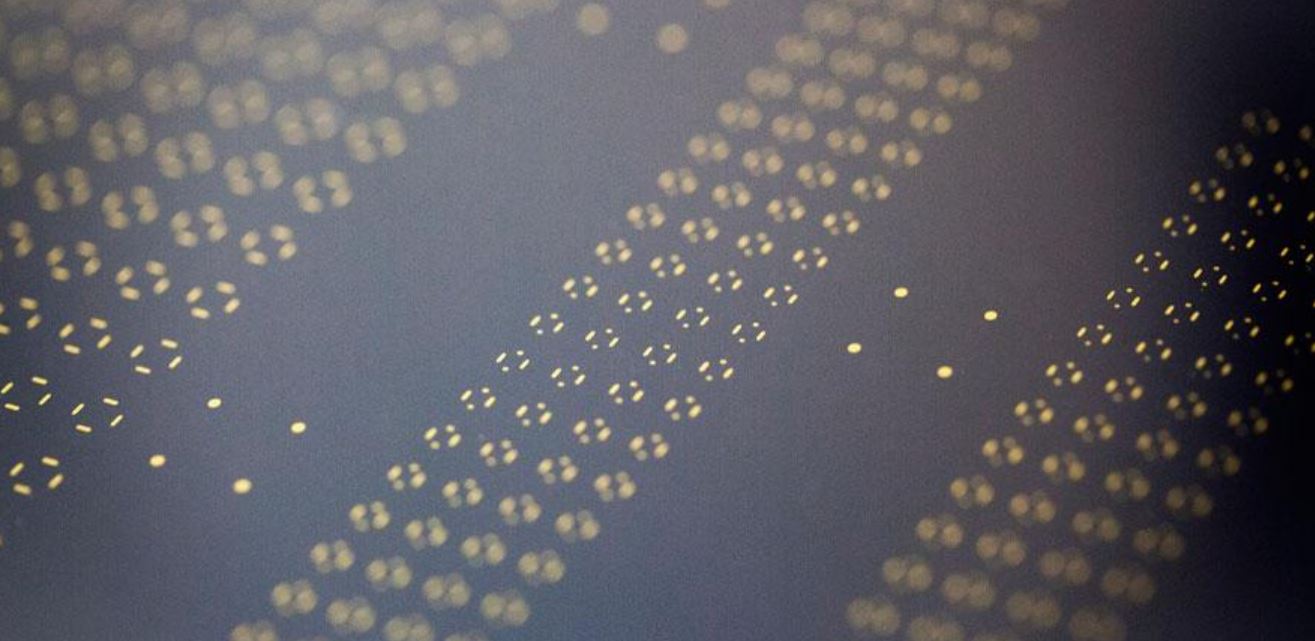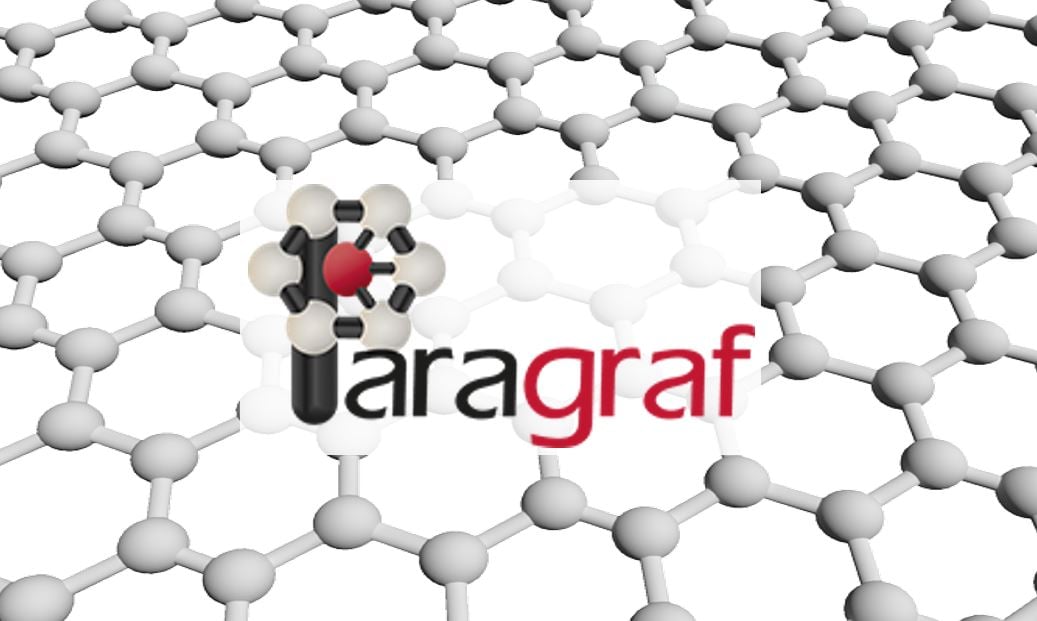
Paragraf, a University of Cambridge spin-out, has begun producing graphene at commercial scale. It has started producing graphene at 20 cm (8 inches) in diameter, which is big enough for commercial electronic devices.
The graphene-based electronic devices and graphene ‘wafers’ could be used in transistors. Graphene-based chips in these transistors could deliver speeds over ten times faster than silicon chips.
Paragraf said that the graphene wafers could increase the sensitivity of chemical and electrical sensors by a factor of over thirty. Its first device will be available in a few months’ time.
Graphene, which is transparent, is the strongest, lightest, and thinnest material on Earth. It is also a super conductor of electricity and heat. It is surprisingly flexible for something so tough. All these qualities make graphene ideal for a range of applications.
Three researchers spun out Paragraf in 2018
However, graphene’s commercial application in electronics has been impeded by the challenges associated with producing it at high volume and high quality.
Researchers have used copper as a catalyst when making large-area graphene. However, copper contaminates the graphene, which then makes it unsuitable for electronic applications.
Professor Sir Colin Humphreys, Dr. Simon Thomas, and Dr. Ivor Guiney developed a new way to produce large-area graphene in 2015. Dr. Guiney and Dr. Thomas were once Sir Colin’s postdoctoral researchers. Sir Colin is from the Centre for Gallium Nitride in Cambridge’s Department of Materials Science and Metallurgy.
With their method, they managed to form high-quality graphene wafers up to 8 inches in diameter. They not only beat other universities globally, but also giant companies like Samsung, Intel, and IBM.
Sir Colin, Dr. Thomas, and Dr. Guiney spun out Paragraf in early 2018. Dr. Thomas is the CEO of Paragraf, Dr. Guinea its Chief Technology Officer, while Sir Colin serves as Chair.

Paragraf receives financial backing
Paragraf has received funding totaling £2.9 million to help it develop its first commercial products. The University of Cambridge’s commercialization arm, Cambridge Enterprise, led the funding round. Paragraf, which currently employs sixteen people, has filed eight patents.
Sir Colin said:
“Paragraf has the potential to transform a wide range of industries, including electronics, energy and healthcare.”
“It will enable the basic science results achieved in laboratories worldwide using small graphene flakes to be commercially exploited in graphene-based devices and to realise the potential and benefits to society of graphene, the wonder material.”
